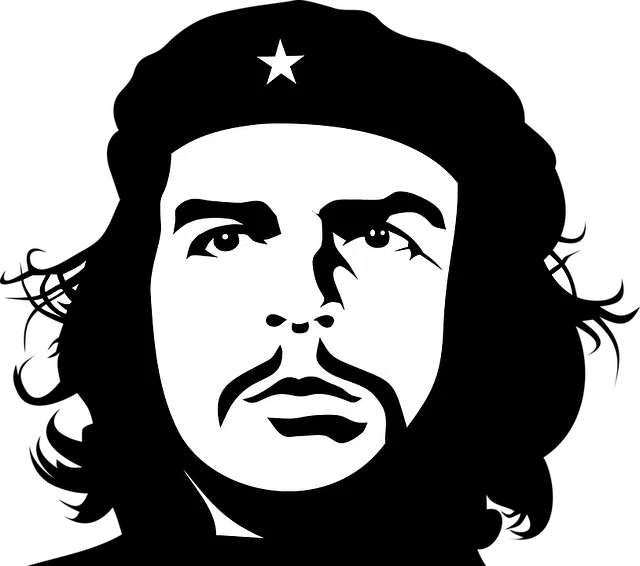
Ernesto "Che" Guevara is a symbol of the guerrilla.
Guerrilla is short for war . The term, therefore, allows us to name the light troop party that initiates the conflict or skirmish of little importance . Guerrilla is also a stone fight between groups of boys and an ancient card game .
The concept, in any case, is closely associated with the departure of the group of men who, independent of the Army and under the command of a particular leader, harass and confront an enemy (which, many times, can be the Army itself). a country).
Origins of the notion of guerrilla
The notion of guerrilla began to be used in Spain during the invasion of Napoleon Bonaparte . The diminutive, at that time, allowed us to highlight the inequality between the army organized by the State and the civilian groups. In this sense, the guerrilla existed whenever civilians decided to organize for their defense or, failing that, to carry out an attack.
Beginning in the 1950s , the guerrilla became associated with the so-called liberation movements that spread throughout Latin America and Africa . Some guerrilla groups, such as the one led by Fidel Castro in Cuba , managed to seize state power. The main figure of this type of movement emerged from the Cuban guerrilla: Ernesto “Che” Guevara , who became a symbol of the international left.
Pejorative use of the term
Although a guerrilla is a person convinced of his ideas who is willing to put his life at risk to free his land from what he sees as slavery, it is generally understood as someone who is being manipulated and who carries the violence as a flag to commit all kinds of atrocious acts.
The pejorative meaning of the term arose at the time of the conquest, in which those sympathizers of the Spanish Crown who fought against their own compatriots to prevent the liberation of Cuba became known as guerrillas. Since then, the concept has been related to those infidels who go against the identity of the people , however the term is much broader and its foundations are more positive than harmful.

The Zapatista Army of National Liberation (EZLN) took refuge in the jungle of Chiapas to promote the guerrilla movement.
The guerrilla, a violent resource
A guerrilla is someone who fights for freedom in its broadest sense and feels chosen from among the people to be the one who leads the community to a better quality of life . Although it is understood that the guerrilla is the fight of a government army with a few rebels, in reality it is not entirely like that. The guerrillas speak for the entire town and fight against the dominant oppression of which the entire town is a victim. It is a constant search and fight to achieve freedom for yourself and the entire people.
Although violence is surely not the way in which true social changes can be achieved and the lives of all the innocent people left in the middle do not justify a revolt, it is important to note that the most notable thing about a guerrilla is the confidence in himself and his group, which allows him to face everything that stands in his way to defend his ideology . Among the most famous guerrillas is Guevara , whom most combatants take as an example of honesty and fidelity .
Guevara was, in addition to being a man of arms, a theorist of guerrilla warfare. The Argentine affirmed that the guerrilla was the vanguard of the people in struggle . Their actions should consist of confronting the enemy on their own ground through quick and surprising attacks.
